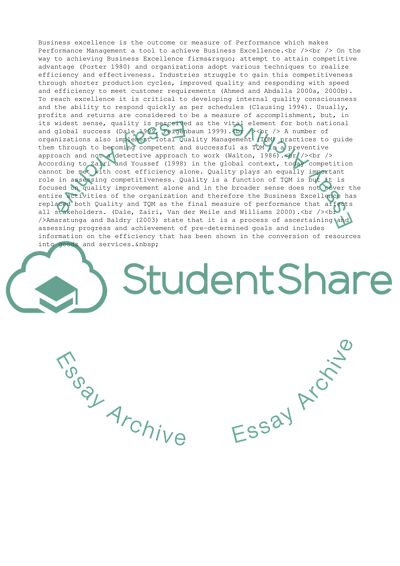Cite this document
(Principles of Business Excellence Term Paper Example | Topics and Well Written Essays - 2000 words, n.d.)
Principles of Business Excellence Term Paper Example | Topics and Well Written Essays - 2000 words. Retrieved from https://studentshare.org/business/1545215-principles-of-business-excellence
Principles of Business Excellence Term Paper Example | Topics and Well Written Essays - 2000 words. Retrieved from https://studentshare.org/business/1545215-principles-of-business-excellence
(Principles of Business Excellence Term Paper Example | Topics and Well Written Essays - 2000 Words)
Principles of Business Excellence Term Paper Example | Topics and Well Written Essays - 2000 Words. https://studentshare.org/business/1545215-principles-of-business-excellence.
Principles of Business Excellence Term Paper Example | Topics and Well Written Essays - 2000 Words. https://studentshare.org/business/1545215-principles-of-business-excellence.
“Principles of Business Excellence Term Paper Example | Topics and Well Written Essays - 2000 Words”, n.d. https://studentshare.org/business/1545215-principles-of-business-excellence.


